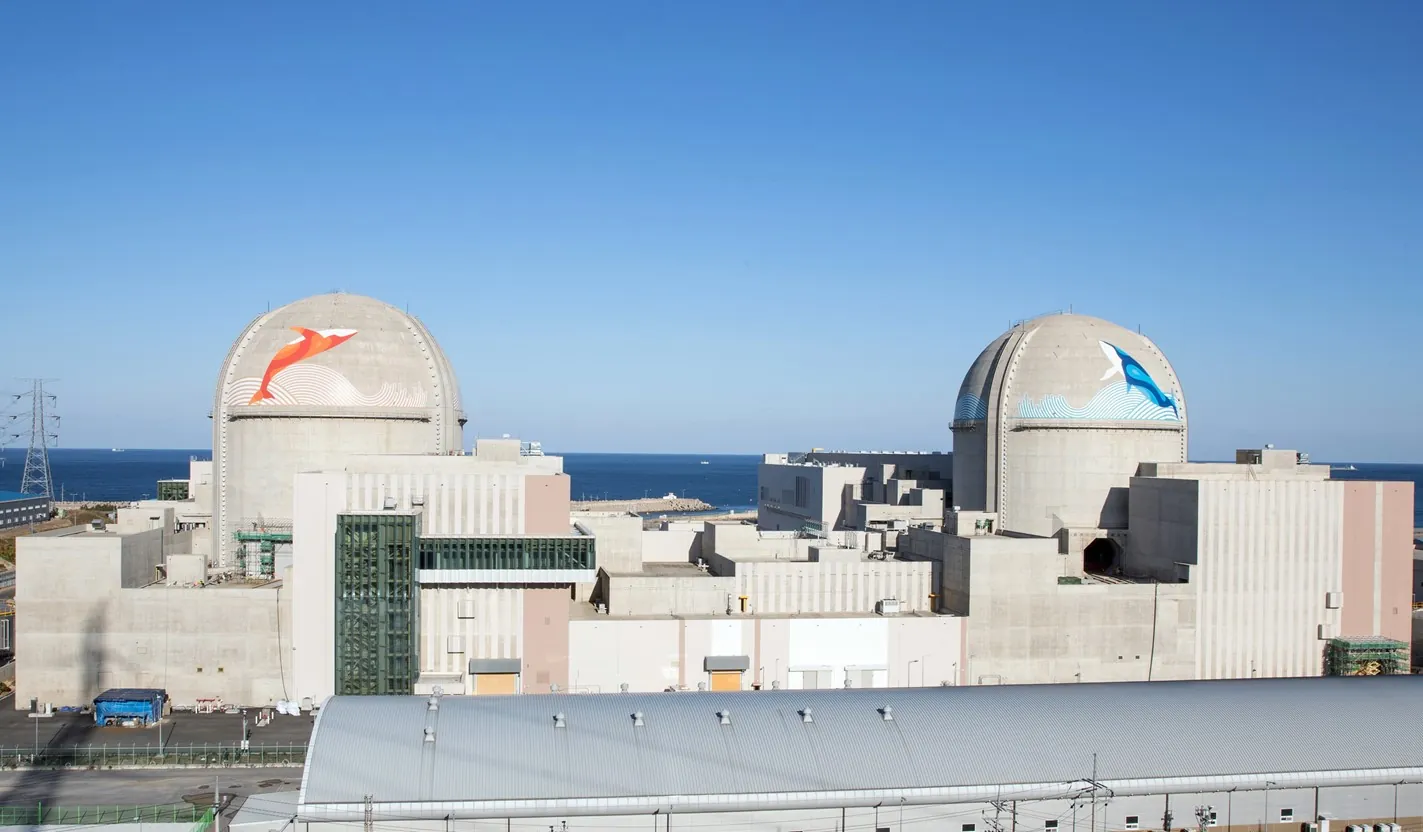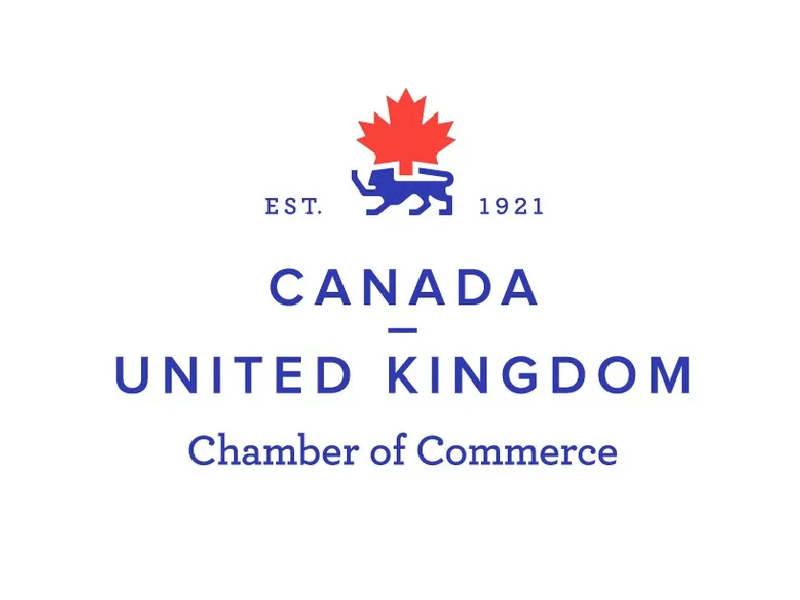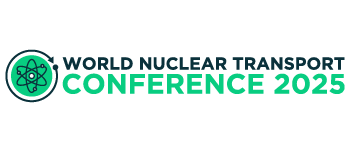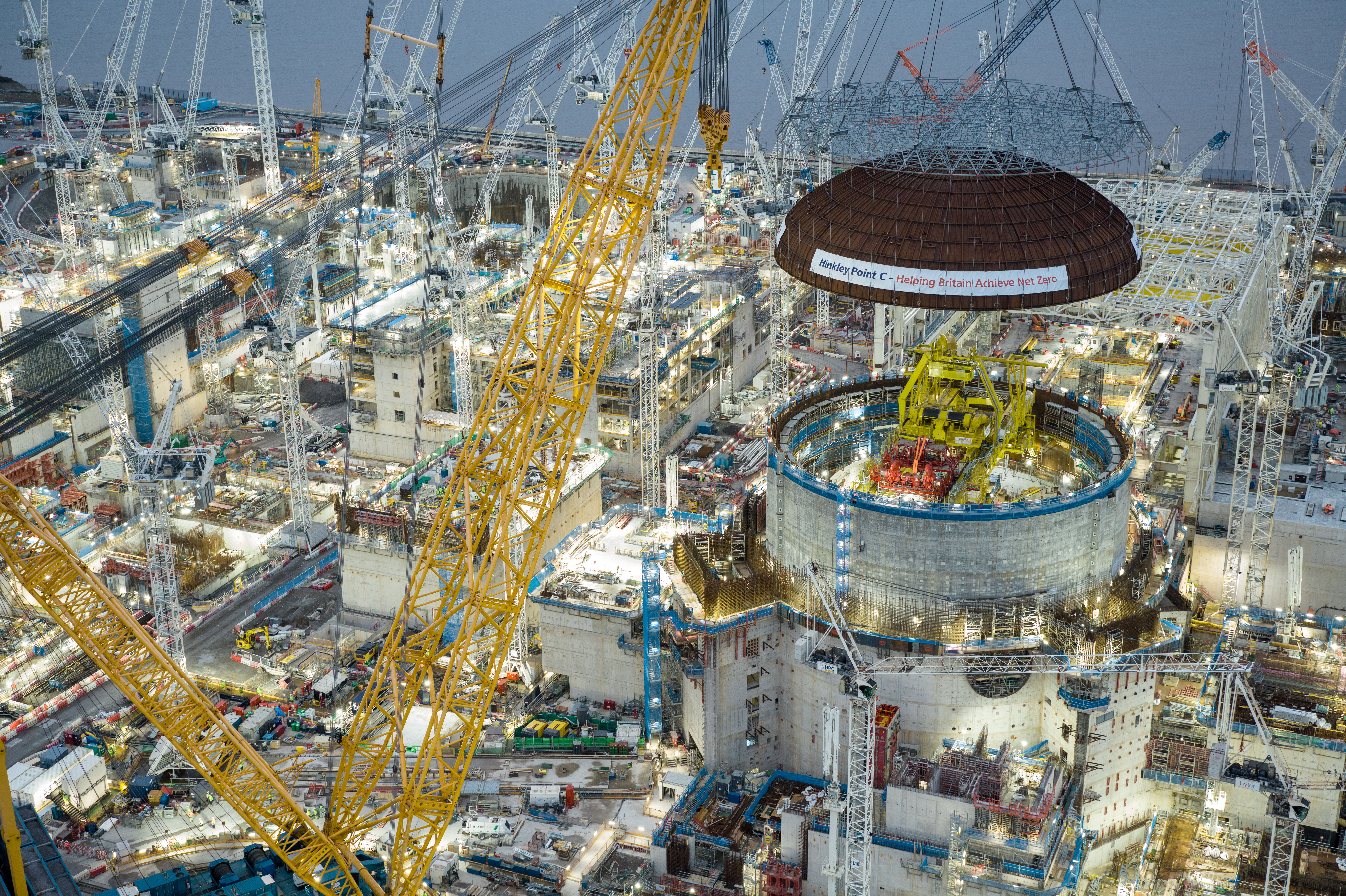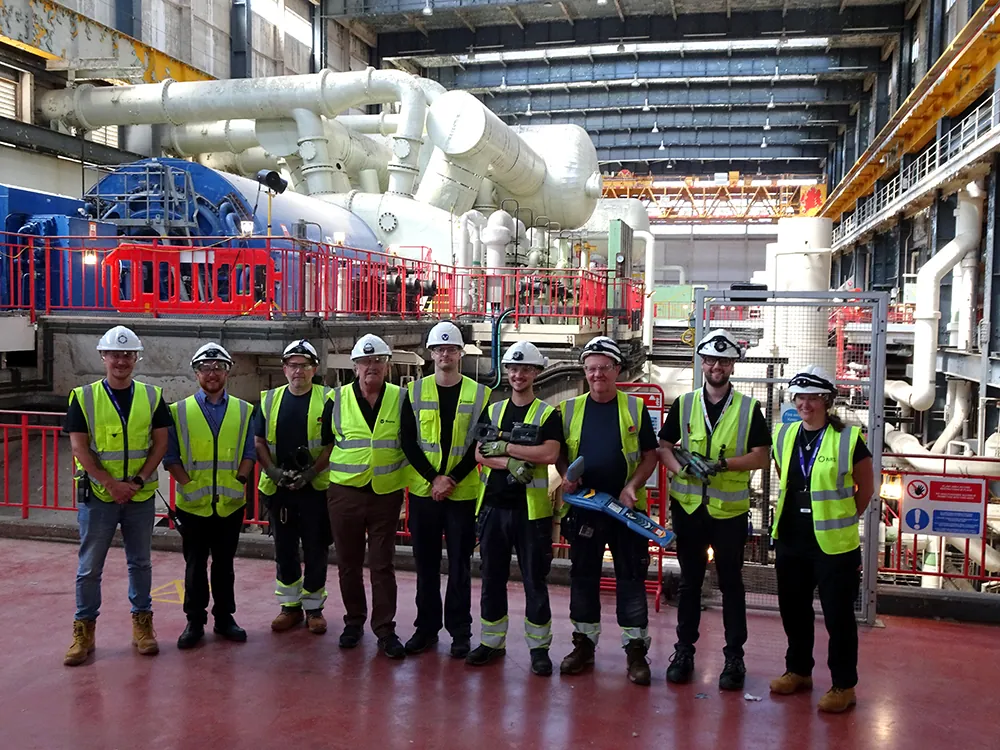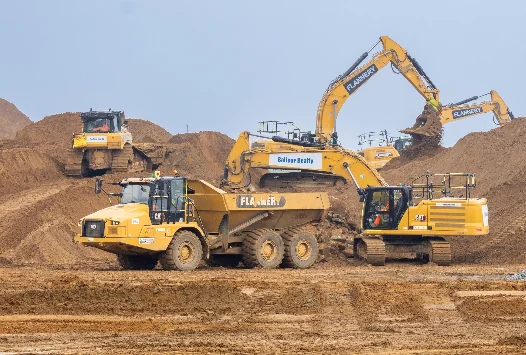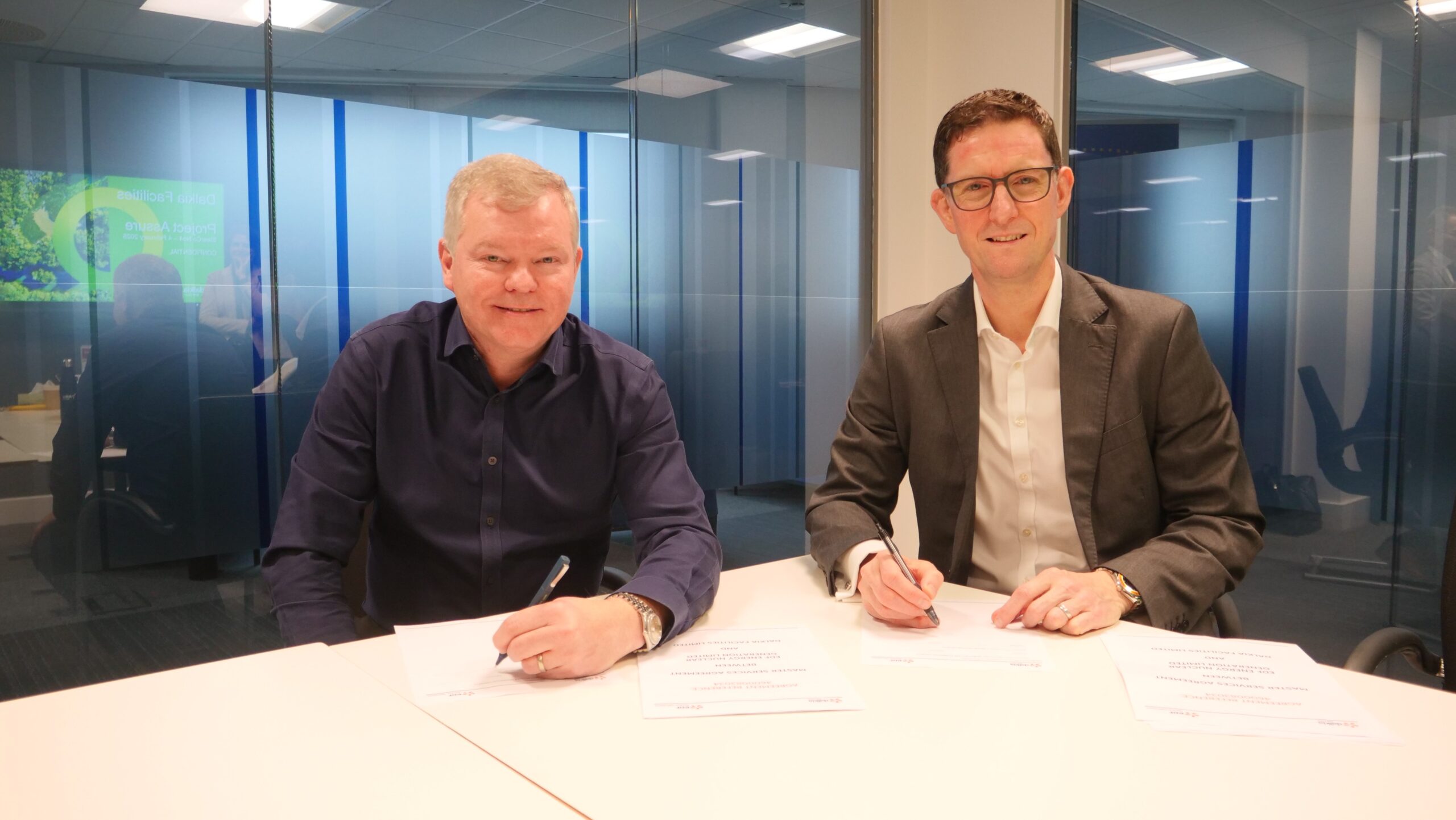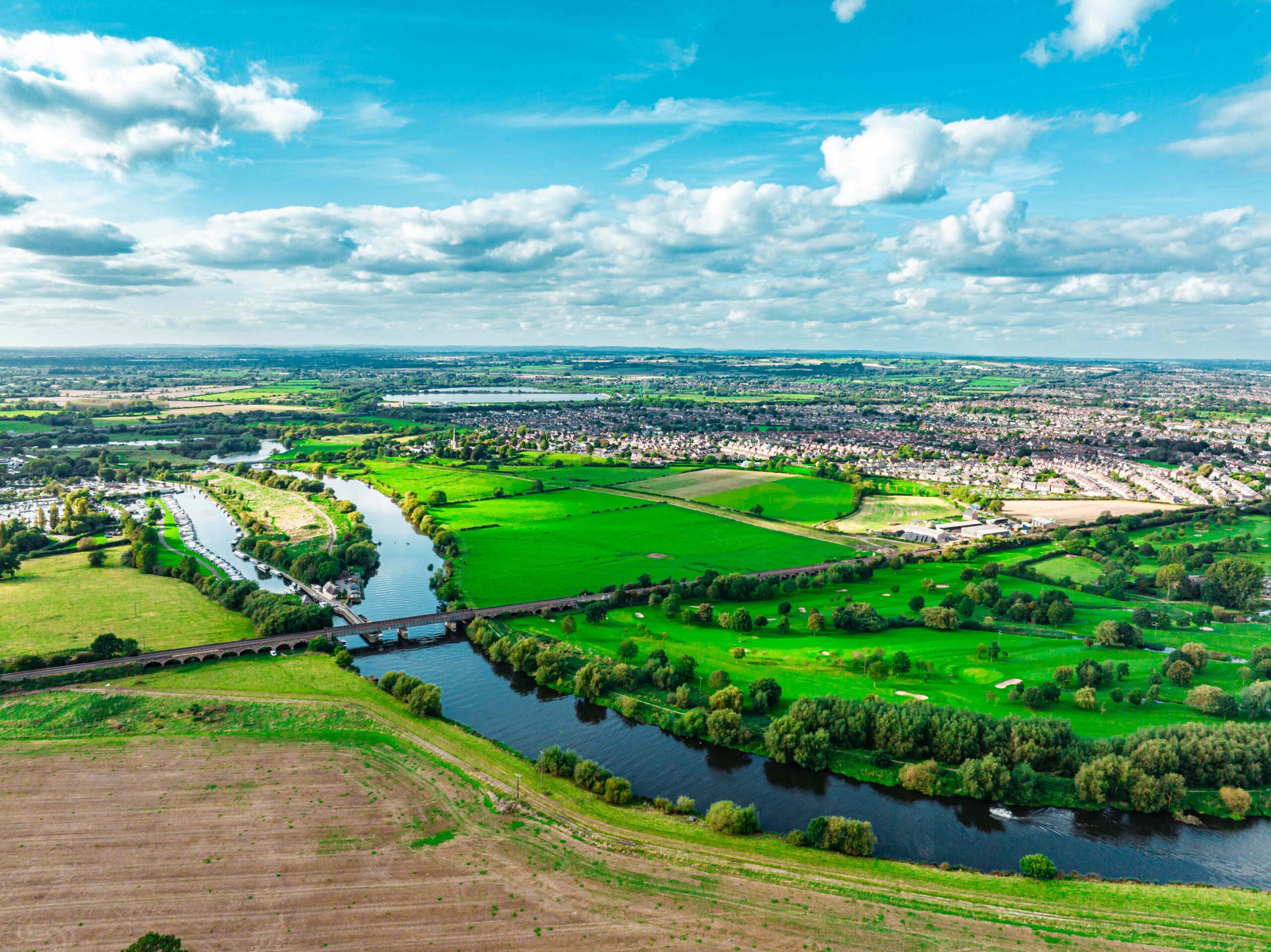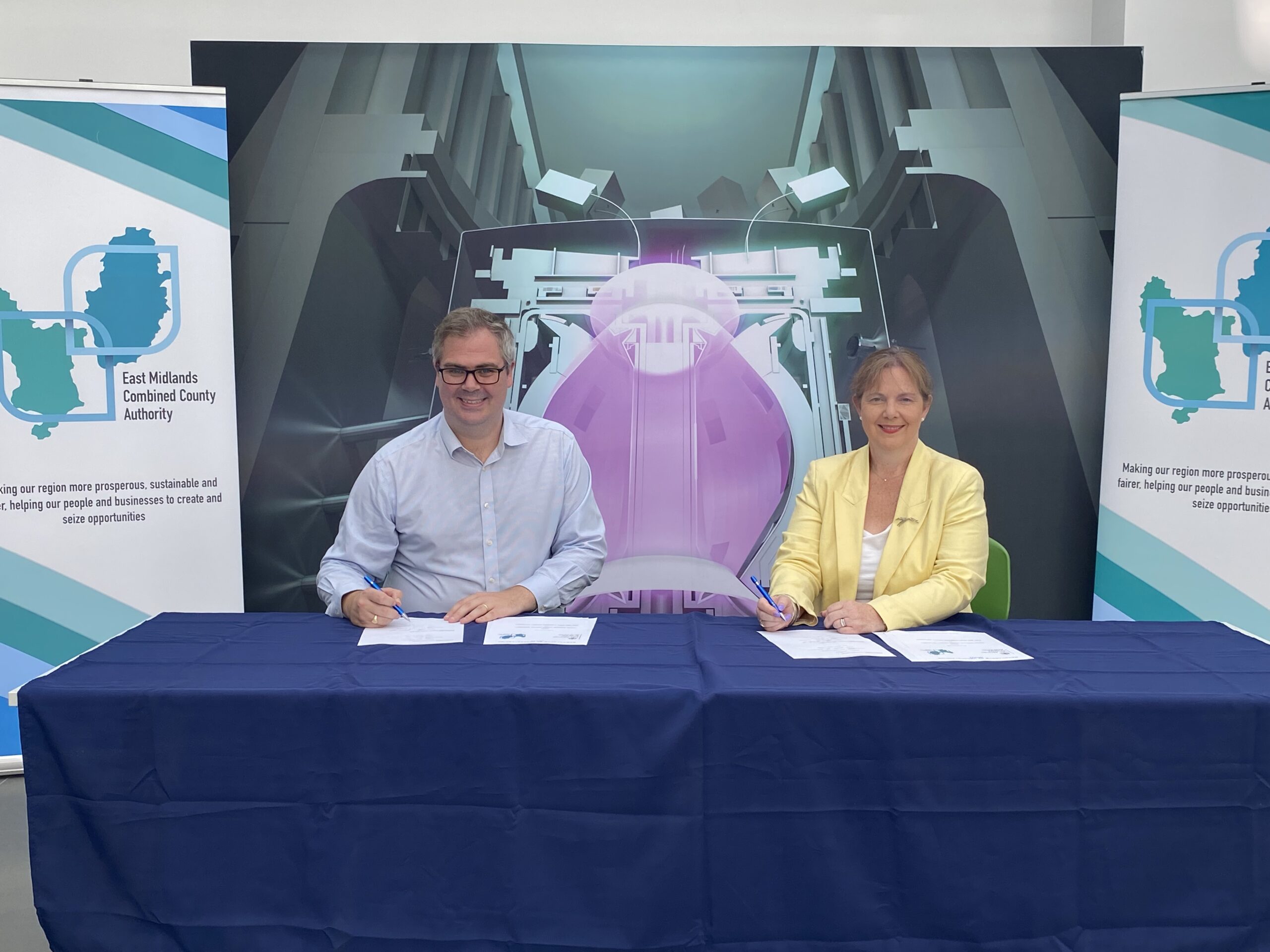For the fifth time in two years, a Western large-scale nuclear reactor has reached first power. Korea Hydro and Nuclear Power (a subsidiary of KEPCO) have announced that the APR-1400 at Shin Hanul 2 supplied its first electricity to the grid on 21 December 2023. Shin Hanul 2 is the 7th APR-1400 to come into service. It joins the AP1000 at Vogtle 3, which connected in April, and the EPR at Olkiluoto 3 with the APR-1400s at Shin Hanul 1 and Barakah 3, which connected last year. Barakah 4, Vogtle 4, and Flamanville 3 should hopefully follow within the year.
These projects have not been easy, but they have proven that Western designs work. They have also proven that what we start, we can finish. We can build up the capabilities, and we can sustain the investment necessary to get these projects over the line.
In fact, Western large-scale nuclear completions have outpaced Chinese large-scale completions for the first time in a decade. This tells us that building large-scale nuclear is not magic that we don’t have in the West. It is a matter of applying the well-known lessons of major infrastructure projects – mature designs before construction, replicate designs, build up and retain vital project management expertise, and for God’s sake don’t stop building.
Europe, thankfully, seems alive to these lessons. France plans to build 6 more large-scale reactors (EPR IIs), and potentially 8 more after that. Poland has contracted to build 3 AP1000s and issued a decision in principle for an APR-1400 project. The Dutch are running feasibility studies on the 3 Western large-scale designs and the Czechs are running a competition for a large-scale reactor at Dukovany. The Ukrainians want to build AP1000s, and the Bulgarians do as well.
In the UK, we are building two EPRs at Hinkley Point C, with two more at Sizewell C hopefully to reach FID this year. But after that, as our Chief Executive Tom Greatrex has written, Britain needs more large-scale reactors: “Large-scale reactors are proven, reliable technology that produce huge amounts of power with limited land use.”
Each big reactor displaces about 2 billion cubic metres of gas burning and saves 3 million tonnes of emission per year: the pair at Hinkley Point C will take up just a quarter of a square mile. On top of that, the reactors are designed to run for at least 60 years, with 80 years of operation likely, and 100 very possible. That equates to 4 generations worth of jobs, energy security and environmental sustainability. We want that for our country, especially as we try to close the 16 GW gap between where we will be after Sizewell C and Great British Nuclear’s 24 GW ambition.
Our recommendation to the UK Government is clear: look at the three Western large-scale designs, the EPR, APR-1400, and AP1000, pick a partner and get on and build.
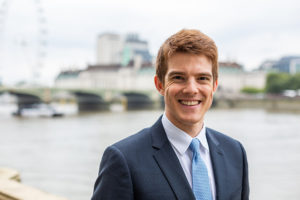 Lincoln Hill is the NIA’s Director of Policy and External Affairs.
Lincoln Hill is the NIA’s Director of Policy and External Affairs.
Image credit: ©Korea Hydro and Nuclear Power (KHNP).
Back to the hub